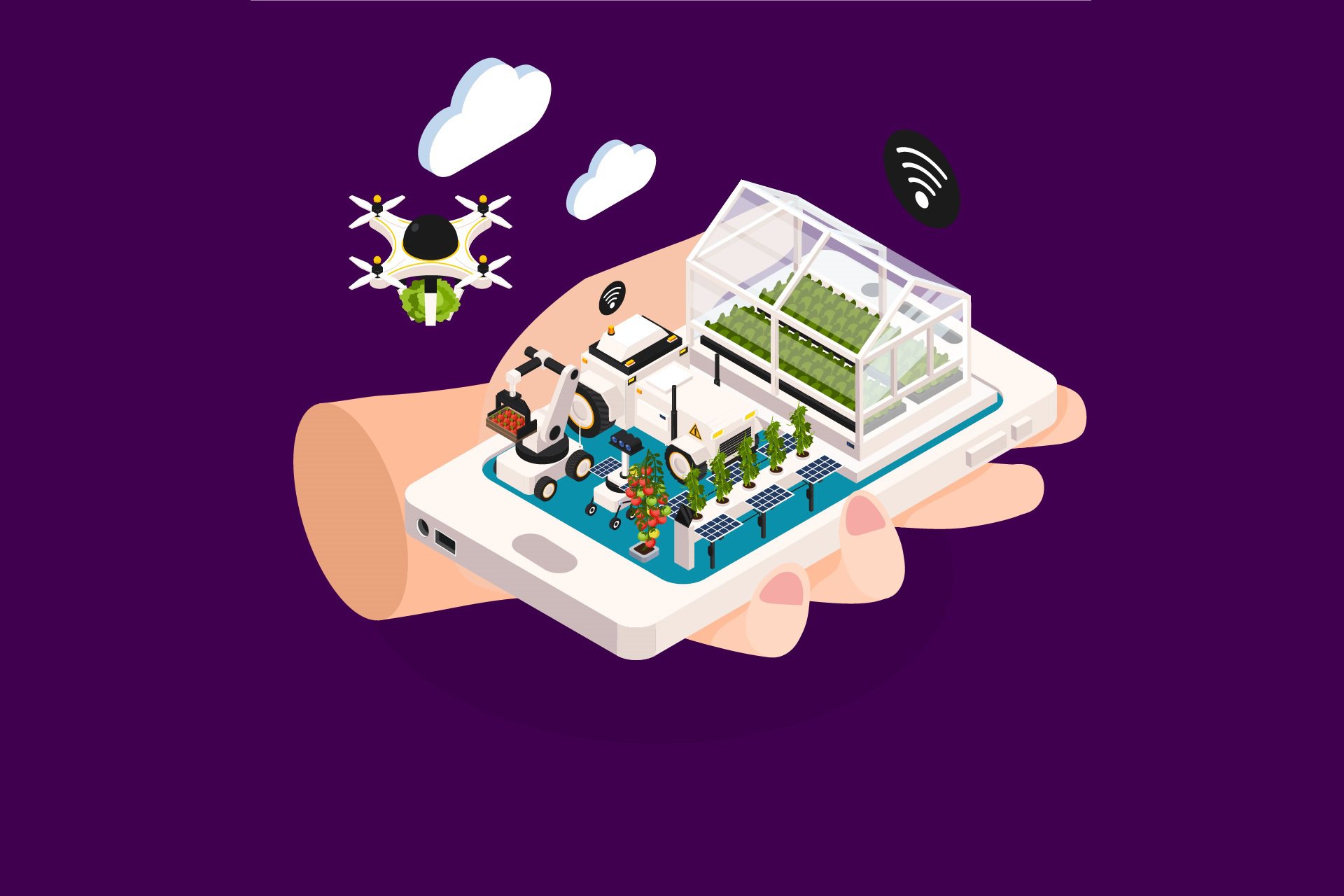The Future of the Agriculture Industry
Humans have been involved in agriculture throughout their existence and we have certainly come a long way since the days of the hunters and gatherers. In particular, AI has helped farmers analyze data to determine the best crops to grow and get the largest harvest possible. In fact, AI offers so many benefits in the agricultural field that this entire industry is expected to be worth $2.9 billion by 2023. However, farmers will also have to deal with all of the challenges that modern agriculture presents such as deforestation, carbon-dioxide emissions, and other factors detrimental to the environment.
With all of this in mind, let’s take a look at the future of the agriculture industry and some of the problems that will have to be addressed as well.
A Greater Amount of Automation
A report by the United Nations indicates that the world population will reach 9.7 billion people by 2050. What this means is that agricultural production will have to increase by 70% in order to feed all of the people. Naturally, farmers will have to automate a lot of processes in order to keep up with demand. This includes everything from simple tasks such as pulling weeds out of the ground to analyzing data to increase crop yields. We are already seeing a lot of cutting edge AI technology being developed that is not only automating manual processes but decreasing the carbon footprint as well. For example, the robotics produced by Blue River are automating seeding and weed pulling, which allowed for a 90% reduction in pesticide usage, according to the company’s website.
This and many other robotic technologies are powered by computer vision which relies on LiDAR and 3D Point Cloud annotation to allow the robot to function in its environment. Human data annotators have to annotate thousands and thousands of images to help train the ML algorithms. In fact, one of the biggest reasons why robots are able to replace humans is because of the high quality of the data annotation and the vast amounts of images that were used to teach the robot how to work.
Greater Emphasis on Environmental Issues
We mentioned above that robots are helping farmers lower their carbon footprints, but you can expect to see environmental issues playing a greater role in agriculture as a whole. This is why precision farming is on the rise. What this means is that farmers now have to grow more crops while using up less land and resources. Robots will also play an important role here because of their efficiency and high level of precision. In particular, you can expect drones powered by computer vision help gather aerial images of the farmland and obtain a lot of vital information about the state of the crops. In fact, technology is so advanced nowadays that the camera can detect even individual stalks of grain that have been damaged by pesticides or other factors.
Such information is very valuable to farmers since they will be able to take action to save their crops a lot sooner. Also, they will be able to identify the plots of land that are providing the least amount of produce and implement other technology to help optimize that particular plot of land. This will really help countries with arid climates get more food out of the fertile land that they have. Companies like Precision Hawk have created drones that integrate drone-based aerial intelligence into agriculture, without requiring the farmers themselves to be tech experts. Basically, the drone can scout hundreds or even thousands of acres a day and produce an accurate stand count as early as plant emergence.
Data annotation is also very much necessary here as well since the system needs to be able to identify damaged crops, infertile land, and anything else the farmers need to get more value out of the land fields they have. The images that the drones create need to be annotated with 2D/3D bounding boxes, tagging or even semantic segmentation depending on the level detail required. Given all of the benefits offered by such drones and the push for more eco-friendly farming, you can expect such technology to become mainstream in the near future.
Mindy Support is Helping Researchers Shape the Future of Farming
All of the high-tech AI robotics and computer vision products that farmers are relying on today and in the future as well require large volumes of top-quality data annotation. Mindy Support understands that this could be very time-consuming and offers to take this burden off the shoulders of researchers. Mindy Support is a trusted BPO partner, chosen by a number of GAFAM and Fortune 500 companies. We offer the best quality-price combination in the market. It’s also one of the largest data annotation providers in Eastern Europe which allows us to assemble large teams quickly without sacrificing the quality of the work performed. We have rigorous QA processes in place that make sure that all of the work is done correctly the first time around. Contact us for a free trial.
Posted by Il’ya Dudkin





